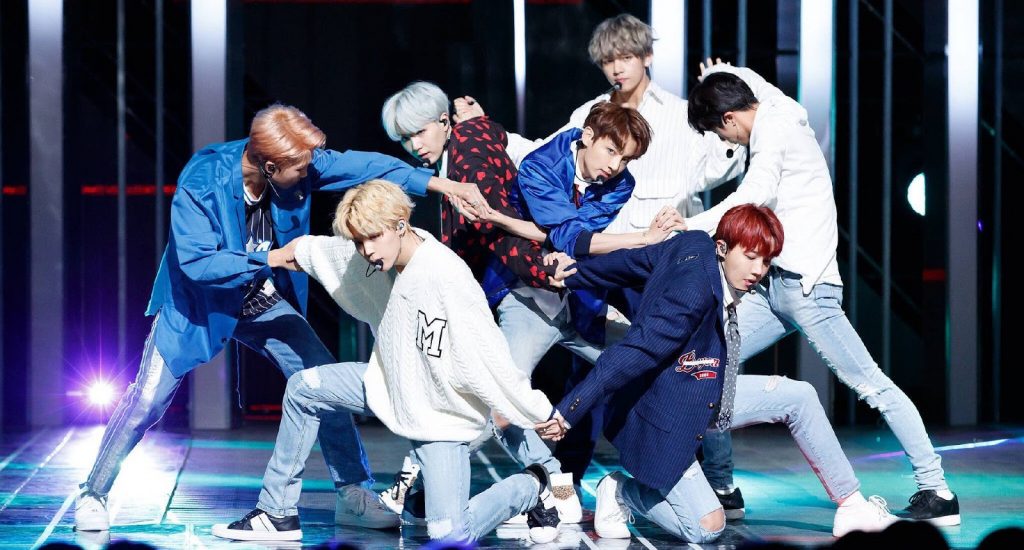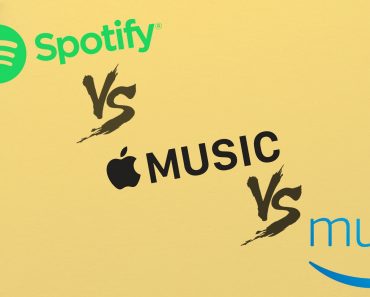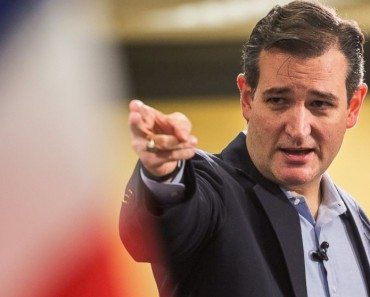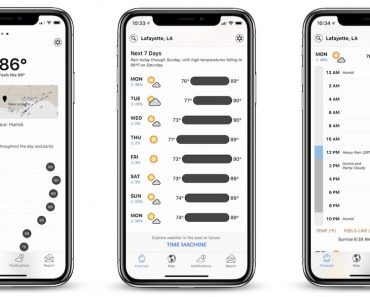
When the event, K-con, was first held in the U.S. in 2012, it drew a few hundred fans and curious locals. That number has since swelled to more than 125,000, divided between conventions on both coasts. The event’s popularity coincides with the worldwide explosion of K-pop, which has swelled in the past five years from a niche genre to a multibillion global industry. K-pop’s takeover of the West was cemented when the seven-member Seoul crew BTS became the first Korean group to play a U.S. stadium,
The show, which sold out in minutes, follows the success of the group’s hit “Fake Love,” which debuted at Number 10 on Billboard’s U.S. Hot 100 in June and racked up more than 35 million YouTube views in its first 24 hours, surpassing Taylor Swift’s “Look What You Made Me Do.”
Not a Fluke but Hallyu
Hallyu, or Korean Wave, has been building for two decades, but K-pop in particular has become increasingly visible to global audiences in the past five to 10 years. South Korean artists have hit the Billboard Hot 100 chart at least eight times since the Wonder Girls first cracked it in 2009 with their crossover hit “Nobody”— released in four different languages, including English — and the export of K-pop has ballooned South Korea’s music industry to an impressive $5 billion industry.
Aoki points out that the K-pop revolution likely wouldn’t have happened without the streaming revolution: “With streaming, fans now have such a large voice, and that’s how BTS really became a phenomenon — because the fans made it a phenomenon, like with the underground culture of punk and hardcore,” the DJ says. “These guys just crush it. And I think because the fans are making such a big deal, it’s not going anywhere.
Despite the record-shattering success of BTS, radio remains largely hesitant about putting K-pop into rotation. Alpha Media’s Becker says his radio company is hard at work researching where — and how — to change that. “People often dismiss things because they’re not primarily in English,” he says. “The challenge I present back is, if last year’s most-played song was ‘Despacito,’ why can’t we play more songs not in English?”
Formula to a Phenomenon
There are three things that make K-pop such a visible and unique contributor to the realm of pop music: exceptionally high-quality performance (especially dancing), an extremely polished aesthetic, and an “in-house” method of studio production that churns out musical hits the way assembly lines churn out cars.
Once an idol group has been trained to perfection, the studios generate pop songs for them, market them, put them on TV, send them on tour, and determine when they’ll next make their “comeback” — a term that usually signals a band’s latest album release, generally accompanied by huge fanfare, special TV appearances, and a totally new thematic concept.
Because of the control they exert over their artists, South Korean music studios are directly responsible for shaping the global image of K-pop as a genre. But the industry is notoriously exploitative and studio life is grueling to the point that it can easily cross over to abusive; performers are regularly signed to long-term contracts, known as “slave contracts”, when they are still children, which closely dictate their private behavior, dating life, and public conduct.
Despite all this, the cloistered life of a K-pop star is coveted by thousands of South Korean teens and preteens — so much so that walk-in auditions to scout kids for the studio programs are frequently held in South Korea and New York.
All of this emphasis on live performances make fans an extremely active part of the experience. K-pop fans have perfected the art of the fan chant, in which fans in live studio audiences and live performances will shout alternate fan chants over the musical intros to songs, and sometimes as a counterpoint to choruses, as a show of unity and support.
This collectivity has helped ensure that K-pop fan bases both at home and abroad are absolutely massive, and intense to a degree that’s hard to overstate. Fans intensely support their favorite group members, and many fans go out of their way to make sure their favorite idols look and dress the part of world-class performers. K-Con, the largest US K-pop convention, has grown exponentially over the years and now includes both Los Angeles and New York.









